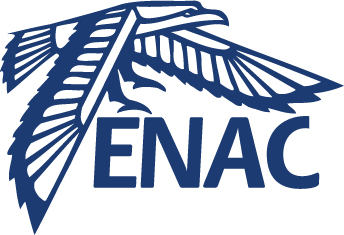Observations and modelling of the boundary layer using remotely piloted aircraft
Résumé
Over the past decade, the scientific community considers the RPAS (remotely piloted aircraft system) as a tool which can help to improve their knowledge of climate and atmospheric phenomena. RPAS equipped with instruments can now conduct measurements in areas that are too hazardous or remote for a manned plane. RPAS are especially adapted system for observing the atmospheric boundary layer processes at high vertical and temporal resolution. The main objectives of VOLTIGE (Vecteur d'Observation de La Troposphère pour l'Investigation et la Gestion de l'Environnement) are to study the life cycle of fog with micro-RPAS, encourage direct participation of the students on the advancement and development of novel observing systems, and assess the feasibility of deploying RPAS in Météo-France's operational network. The instrumented RPAS flights successfully observed the evolution of small-scale meteorological events. Before the arrival of the warm pseudo-front, profiles show a temperature inversion of a hundred meters, which overlaps a cold and wet atmospheric layer. Subsequent profiles show the combination of the arrival of a marine air mass as well as the arrival of a higher level warm pseudo-front. A third case study characterizes the warm sector of the disturbance. Two distinct air masses are visible on the vertical profiles, and show a dry air above an air almost saturated and slightly colder. The temperature and the relative humidity profiles show < 1 meter vertical resolution with a difference between ascent and descent profiles within ± 0.5°C and ± 6 % RH. These results comply with the Météo-France standard limits of quality control. The RPAS profiles were compared with those of the Arome forecast model (an operational model at Météo France). The temperature and wind in the Arome model profiles generally agree with those of the RPAS (less for relative humidity profiles). The Arome model also suggests transitions between air masses occurred at a higher level than those measured by RPAS. These results suggest that forecast models may be improved using high resolution and frequent in-situ measurements.
